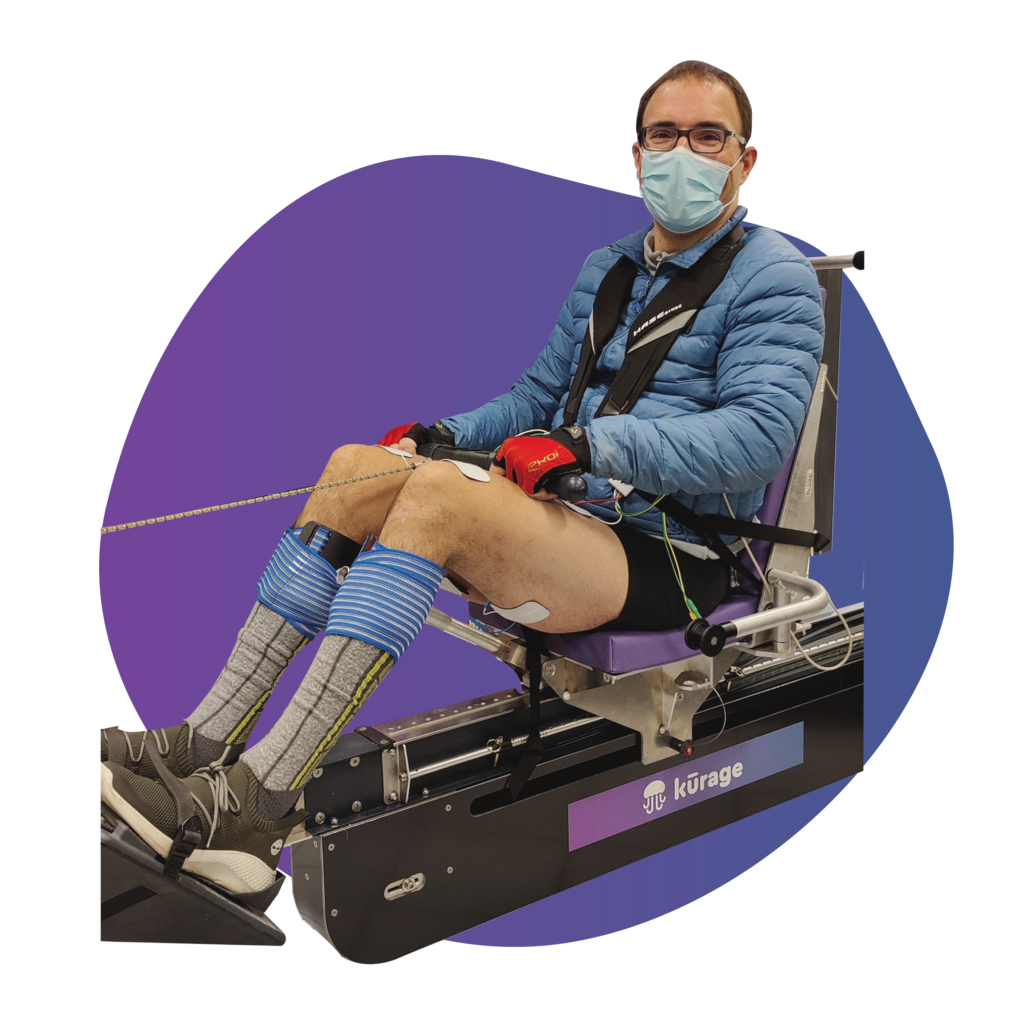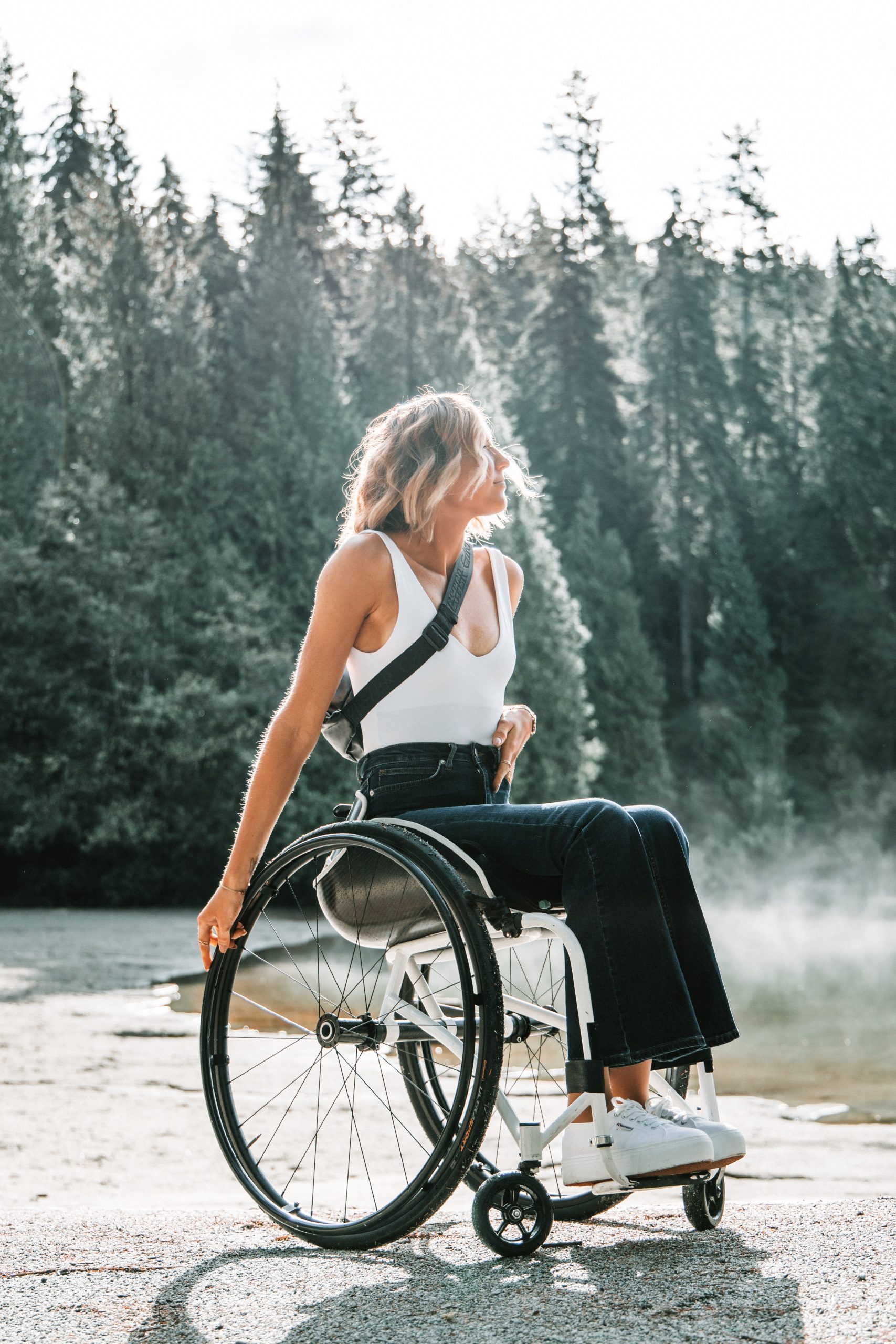Sport for paraplegics and tetraplegics
Kurage wants to make its innovations available to as many people as possible. Its mission is to reveal the sporting abilities of each individual.
The benefits of adapted sport for paraplegics and tetraplegics

Physical benefits
Maintaining regular physical activity is vital for people with paraplegia and tetraplegia as it builds muscle mass and promotes blood circulation, thus reducing secondary diseases caused by immobility.
Cardiorespiratory impairment is the leading cause of mortality in spinal cord injured patients (paraplegic or tetraplegic). These people must comply with same physical activity recommendations as for able-bodied people, 30 minutes of strenuous activity per day associated with high intensity sessions. But the practice of a sport adapted to paraplegics or tetraplegics is often difficult because of the lack of adapted structures.
Nevertheless, there is a large body of literature on the benefits of adapted sport for paraplegics on a bicycle with functional electrostimulation (Allison et al, 2016; Popovic-Maneski, 2018; Griffin 2008)
Sport for people with paraplegia
Physical activity adapted with Kurage training will allow:
-
Improved cardiovascular health
-
Decrease in hypotension
-
Decrease in pressure sores due to increased muscle mass
- Reduction of spasticity
-
Improved bone mineral density
Hybrid training on a rowing machine with functional electrostimulation allows for better muscle recruitment. The beneficial effects are then superior to the electrostimulated bicycle (Deley, 2017; Wheeler, 2002).
Psychological enhancement
In addition to these physical benefits, sport for paraplegics improves daily independence and quality of life. What’s more, regaining movement when paralysed is a unique experience that can also have a positive impact on psychological and social well-being.

What is paraplegia? What is the difference with tetraplegia?
Paraplegia is a more or less complete paralysis of the two lower limbs and the lower part of the trunk, due to compression or injury to the spinal cord at dorso-lumbar level, itself due to an accident, injury, tumour or congenital malformation. It is associated with motor, sensory and neuro-vegetative disorders (digestion, sweating, vascularisation), the severity of which varies according to the lesion and the individual. Tetraplegia is due to cervical damage to the spinal cord and affects all four limbs.
Kurage reveals one’s sporting abilities
Other pathologies supported by Kurage
Contact us
Discover Kurage products and services. Ask us for more information.
Follow Us




